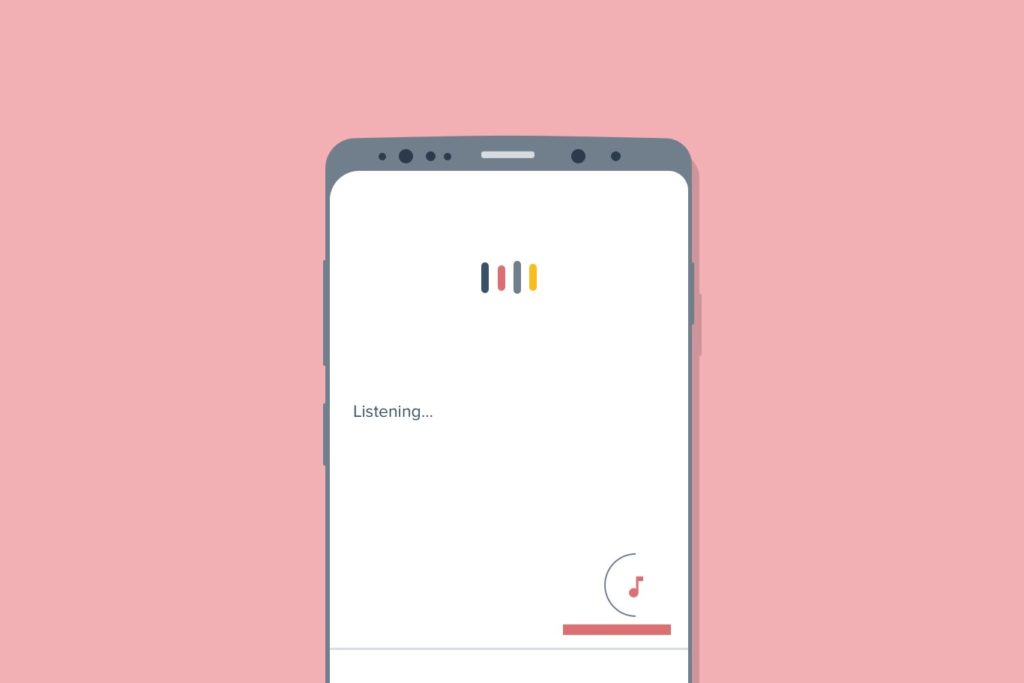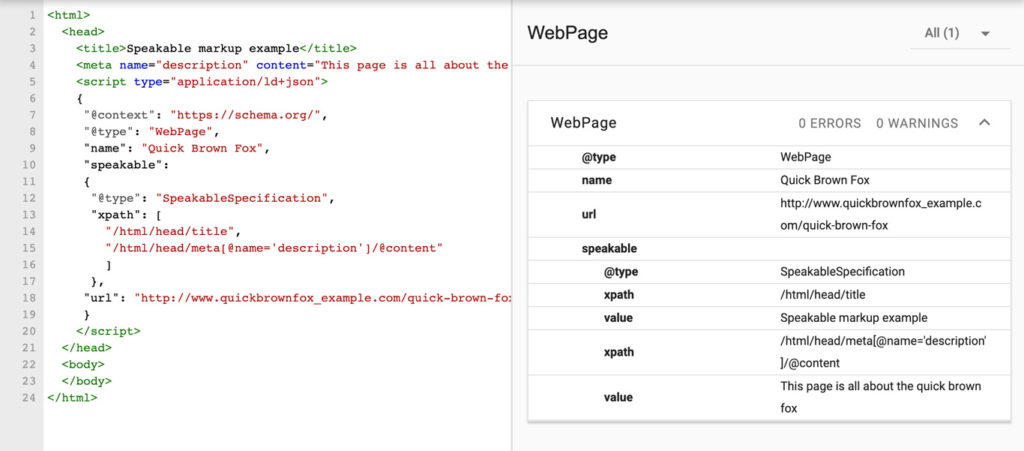Is Your Website Ready for Voice Search?

Listen carefully; The rise of smart speakers is pushing the voice search trend. Voice is expected to be a £40 million channel by 2022. This article explains why you need to get voice search ready and guidance on how you can get your website setup for all the voices coming your way.
[powerpress]
By the end of 2020, as many of 50% of online searches are likely to be voice commands, not least thanks to the growing dependence on mobile phones and smart speakers. Voice search is going to become a vital component of SEO.
Why type, when you can speak?
Your consumers are speaking out

Voice search is making research become more convenient and accessible.
Voice search is making research more convenient
Voice search is a logical and evolutionary step forward in terms of the way people interact with the internet.
Convenience and speed are vital when accessing online information. It can be far quicker and easier to use voice search, especially to stay handsfree on mobile phones or when multitasking.
Voice search is increasingly used to find local services and destinations ‘on the move’, for example “Find the best coffee shop near me”.
However, internet users are also becoming ever more comfortable vocalising a diverse range of other search requests. “Find me buy a pair of black Nikes” and so forth.
There is strong evidence to suggest that people who use voice search then seamlessly progress to dialling companies and engaging in phone conversations to get more information.
How big is voice going to be?

Millennials and Generation z are storming the market when it comes to using voice search and other voice command technology such as Alexa.
The rise of smart speakers is pushing the voice search trend
To put this trend in perspective, smart speaker sales grew by 200% during Q3 2018, compared to the previous year. This pace was likely to have continued in 2019, with Amazon distributing most of the devices, closely followed by Google.
smart speaker shipments grew by 200% during Q3 2018
Such is this upward trend for IoT devices, pundits estimate that global sales of smart speakers will top $30 billion by 2024!
Around 55% of all households will have the tech for voice commands and searches by 2022.
As you would expect, it’s the Millennials and Generation Z who use voice search as a normal part of their day.
They are also the ones most likely to be using wearable technology that intrinsically lends itself to voice interaction.
How can my website find its voice?

20% of all google mobile queries are voice searches.
Of course, responsive websites – optimised for mobile phones – should now be a ‘given’. However, what’s the secret of getting your website searchable using voice requests?
As with all successful websites, it comes down to a constant process of evaluation, development and upgrading. This includes using regular UX Research to dig down on what your website users are trying to find.
Also, the irony is, that the simplicity of voice searches makes SEO demands more complex!
More than ever before, the way your site is structured and populated needs to answer questions succinctly.
Content needs to be logically laid out, with careful use of headings, bullet points and other design devices.
The way you draft content can be pivotal, including using long-tailed words in a sequence likely to reflect voice questions.
Also, make sure to localise content to grab searches connected to finding things nearby.
For example, black Nike trainers – location – shop name.
Use semantic markup as well as keywords
Also, there are more advanced systems you can use to structure website pages using semantics instead of keywords.
The use of schema markup is a good investment of time. The latest schema markup for voice has been launched and it’s labelled ‘speakable’.
The speakable schema.org property finds areas within an article or webpage that are best suited for audio playback.
Adding the speakable schema markup allows search engines to find content to read aloud on Google Assistant-enabled devices.
Webpages with speakable structured data can use Siri, Alexa or Google Assistant to distribute content through new channels and reach a wider base of users.
To see a technical example of the Schema markup see below head to the Google Structured Data tool here

The new speakable markup from Schema.org allows users to speak directly to your website and get answers.
Find out more about the ‘speakable’ spec here at Schema.org
Keep content clear and aim at the lowest common denominator
Here’s a particularly important ‘secret’ to success in voice searches though. You must keep Content clear and aimed at the ‘lowest common denominator’!
Voice searches tend to be more simplistic and direct than the queries that are keyed in.
They rely on everyday language and colloquialisms. Meaning a jargon-packed website or blocks of text in the Queens English may lose traction, compared to content written for the ‘masses’.
Clarity is also something Google values highly in its analytics too of course.
Ensure your page load time is quick
Other important factors include load times for your pages. If someone asks a device to search for a website, they are unlikely to be the sort of internet user who patiently waits for an answer!
Also, your digital footprint as a whole could be significant. For example, an ecommerce website with an Amazon storefront increases its chances of being found when households voice search on Amazon smart speakers.
Listings and links on other websites can help make you MORE ‘searchable’ voice wise.
Getting started with voice search
Voicing questions into your mobile phone or home tech is fast becoming second nature. Meaning voice searches will be increasingly common.
However, asking “Alexa, is my website voice search ready?” may not prove useful.
You can begin by submitting your news using speakable mark-up so your content can get featured on Google Home speakers using text-to-speech.
For your news content to be eligible as answers to topical news queries, follow these steps:
- Make sure that you follow Google’s guidelines.
- Add
speakablestructured data to your web page. - Test and validate your structured data.
- Submit your content to begin the onboarding process.
After you submit your content, the review can take up to five business days.
Once complete, Google sends you a notification to let you know whether your content is eligible or not.